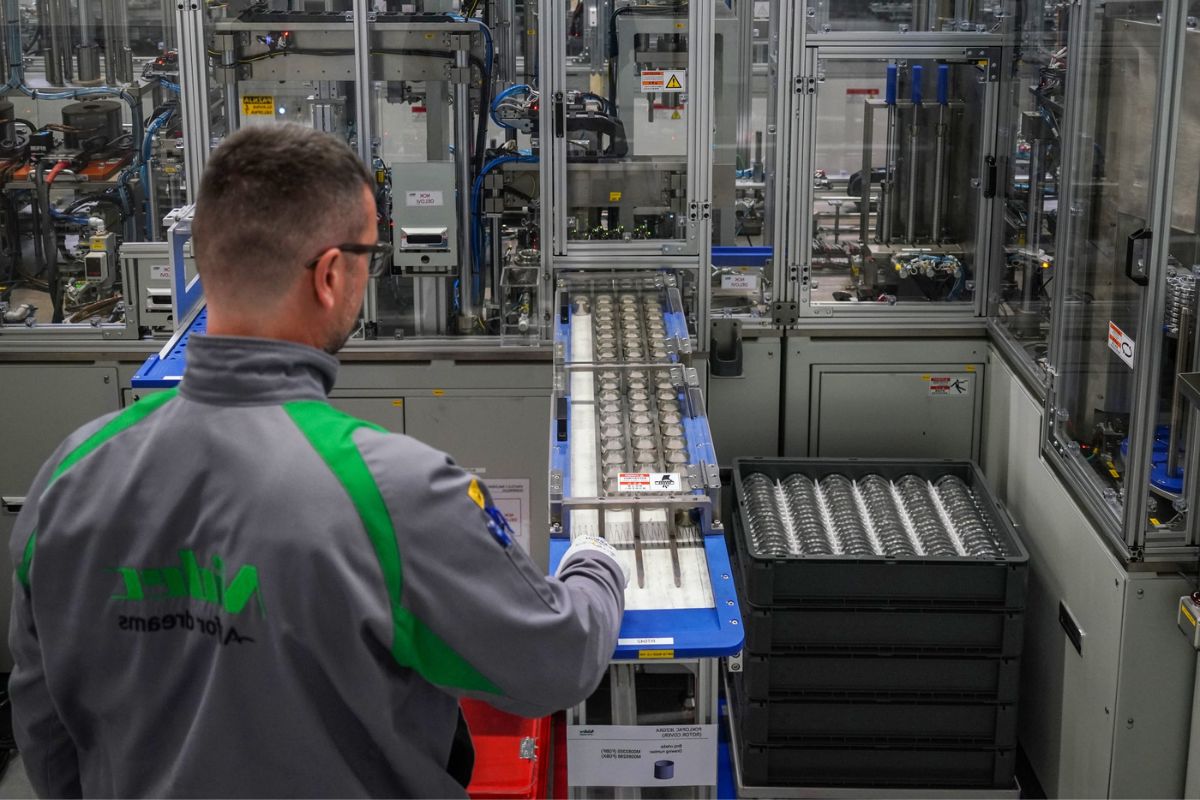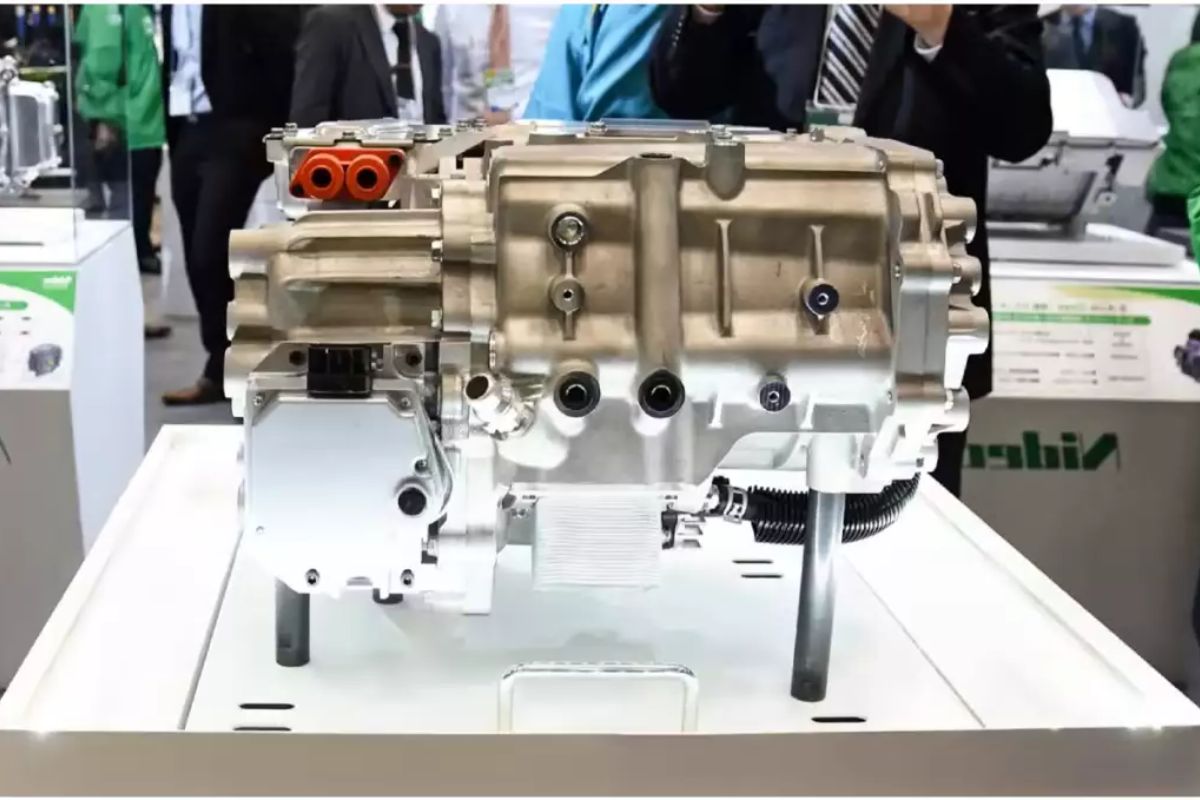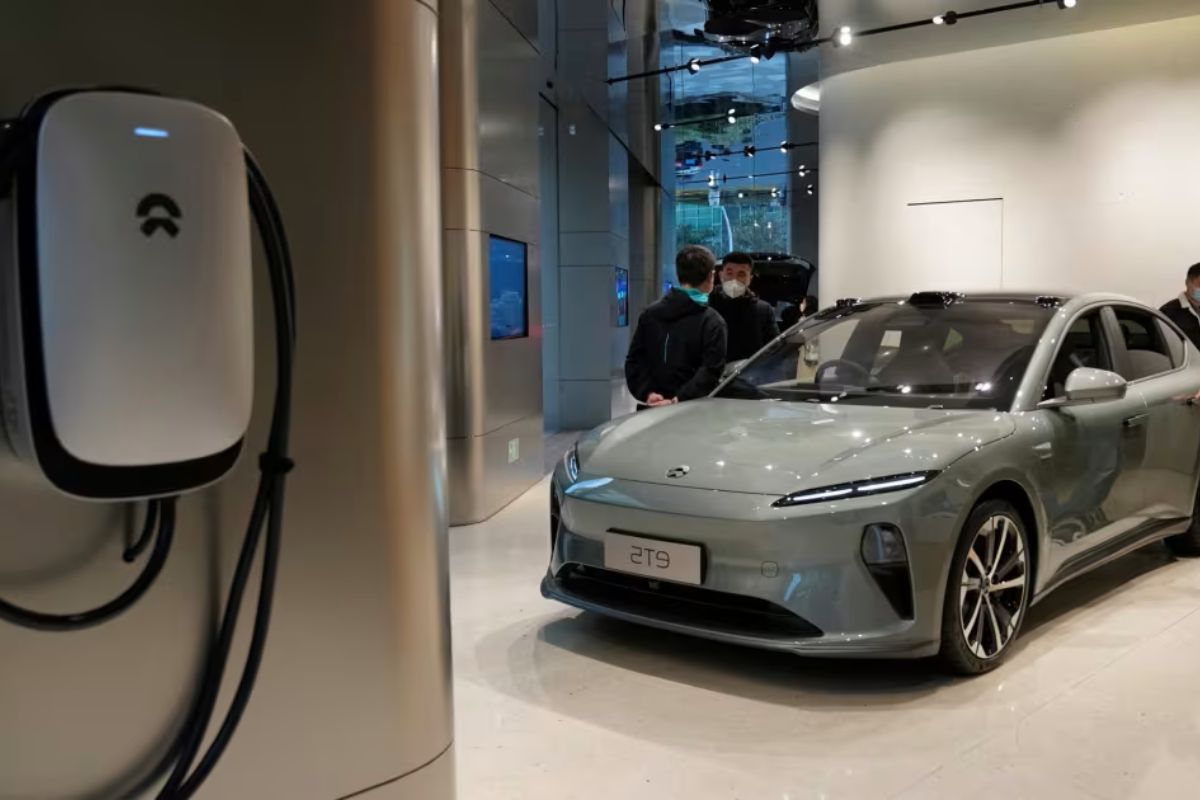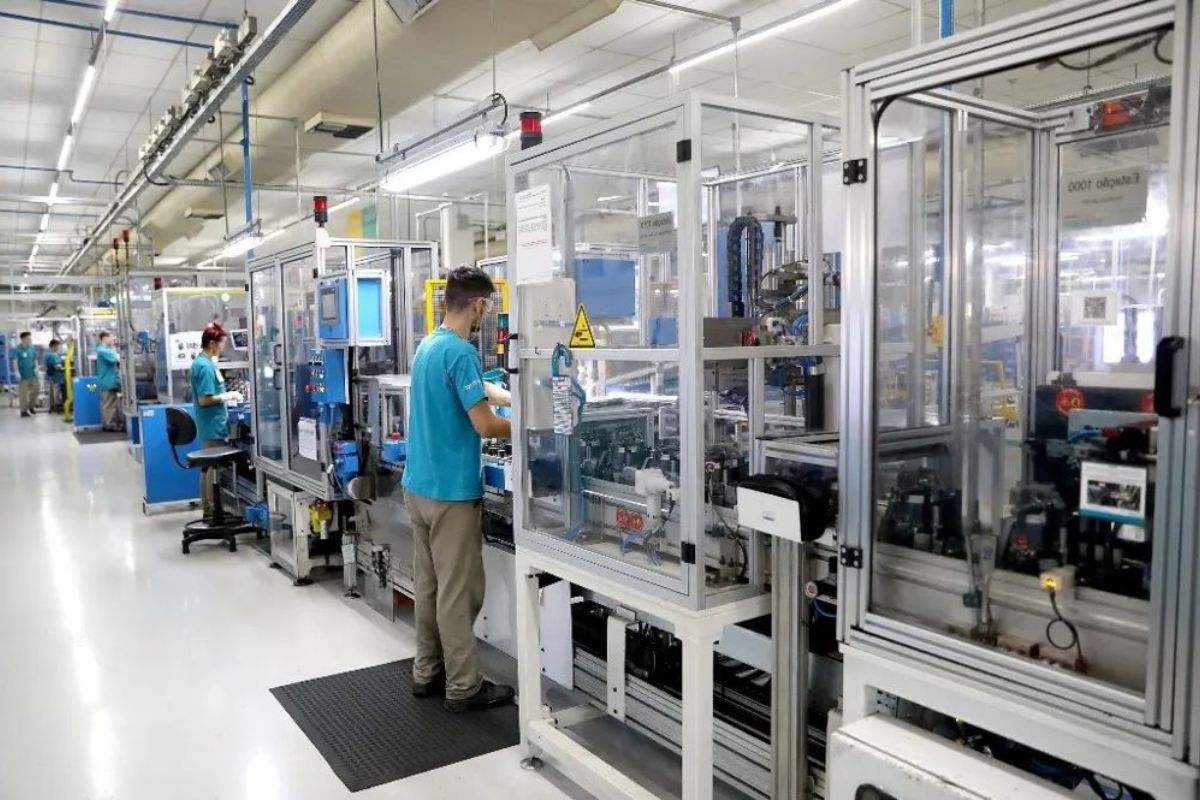Nidec’s Profit Projections Fall: Nidec Corp, a leading Japanese manufacturer of electric motors, has recently faced a setback in its profit projections as the competition in the Chinese electric vehicle market intensifies.
This development, although not entirely unexpected given the rapid growth of the Chinese EV industry, highlights the challenges that Nidec is currently grappling with.
As the demand for electric vehicles continues to surge in China, local competitors have emerged with competitive offerings, posing a threat to Nidec’s market position.
In this rapidly evolving landscape, Nidec must navigate through the complexities of price drops and market dynamics, while also capitalizing on strategic investments to regain its foothold.
However, the path to recovery is not without its obstacles, and Nidec’s strategies and one-off costs will play a crucial role in determining its success in this fiercely competitive market.
Key Takeaways
- Nidec Corp has revised its full-year operating profit forecast by almost 20% due to challenges in the Chinese EV market.
- Increased competition and demand fluctuations are the main factors affecting Nidec’s profitability.
- Reduced subsidies for EV buyers in China have led to a decline in demand for electric vehicles, making it difficult for Nidec to capture market share.
- Nidec needs to analyze market trends, adjust strategies, and invest in continuous technological innovation to regain profitability.
Nidec Corp’s Operating Profit Forecast Revision: Unraveling Market Uncertainties
Nidec Corp’s downward revision of its full-year operating profit forecast by almost 20% reflects the unraveling market uncertainties and challenges faced by the Japanese electric motor manufacturer in the wake of intensified competition and demand fluctuations within China’s electric vehicle (EV) market.
As one of the leading players in the global electric motor industry, Nidec Corp’s performance is highly dependent on the growth and stability of the Chinese EV market. However, recent developments in this market, such as increased competition from domestic manufacturers and regulatory changes, have created a volatile environment for Nidec Corp.
Also Read: China-EU Relations at Risk Amidst Electric Vehicle Subsidies Probe
The company’s decision to revise its profit forecast is a clear indication that it is struggling to navigate these uncertainties and maintain its profitability. In order to regain its footing, Nidec Corp will need to carefully analyze market trends and adjust its strategies accordingly.
Challenges in the e-Axle Traction Motor Business: A Critical Component for EVs
The e-axle traction motor business, a critical component for electric vehicles, is facing significant challenges amidst a price war and reduced subsidies for EV buyers in China. Nidec, a major player in the industry, is feeling the pressure to cut costs as competition intensifies. This is a crucial issue for the company, as the e-axle traction motor is a key component that directly impacts the performance and efficiency of electric vehicles. In order to understand the gravity of the situation, let’s take a closer look at the challenges Nidec is currently facing:
| Challenges | Impact |
|---|---|
| Price war among competitors | Increased pressure to cut costs and maintain competitive pricing |
| Reduced subsidies for EV buyers in China | Decline in demand for electric vehicles |
| Intensified competition in the market | Struggle to capture market share |
| Need for continuous technological innovation | Investment in research and development |
| Uncertainty in the regulatory environment | Difficulty in planning and making long-term business decisions |
These challenges highlight the complex landscape in which Nidec’s e-axle traction motor business operates. With a need to balance cost-cutting measures, technological advancements, and market competition, Nidec must navigate these obstacles strategically to maintain its position in the industry.
China’s Electric Vehicle Market Dynamics: Nidec’s Heavy Reliance and Strategic Investments
Amidst the challenges faced by the e-axle traction motor business, an in-depth exploration of China’s electric vehicle market dynamics and Nidec’s strategic investments reveals the company’s heavy reliance on this crucial sector. Here are four key points to consider:
- Market Size: China is the world’s largest electric vehicle market, with robust government support and ambitious targets for vehicle electrification. Nidec recognizes the enormous growth potential and has made significant investments to capture a significant share of this market.
- Partnerships: Nidec has formed strategic partnerships with Chinese automakers to strengthen its position in the local market. By collaborating closely with these manufacturers, Nidec aims to develop tailored solutions and gain a competitive edge.
- Localization: To better serve the Chinese market, Nidec has established local manufacturing facilities and research centers. This enables the company to optimize its operations, reduce costs, and enhance its understanding of customer needs.
- Intense Competition: While China offers immense opportunities, it also poses significant challenges due to intense competition. Nidec faces fierce rivalry from both domestic and international players, necessitating continuous innovation and adaptation to maintain its market share and profitability.
Nidec’s heavy reliance on the Chinese electric vehicle market necessitates strategic investments and a deep understanding of the market dynamics to navigate the evolving landscape successfully.
Despite facing intense competition and pricing challenges in China’s electric vehicle market, Nidec’s founder, Shigenobu Nagamori, envisioned a different trajectory for the company’s motor prices, which have experienced notable drops with the introduction of its second generation.
This deviation from Nagamori’s vision highlights the complex dynamics of operating in China’s highly competitive electric vehicle market. The price drops can be attributed to several factors, such as increased competition from domestic players and government incentives promoting the adoption of electric vehicles.
Nidec’s ability to navigate these challenges will be crucial in maintaining its market position and profitability. While the price drops may impact short-term profits, they also present opportunities for Nidec to gain market share and establish itself as a key player in the Chinese electric vehicle industry.
However, the company must carefully balance pricing strategies to ensure long-term sustainability and profitability.
Turning Around the Motor Business: Nidec’s Strategies and One-Off Costs
Nidec is implementing strategic measures and anticipating one-off costs of up to 40 billion yen to address the challenges in its traction motor business. These measures are crucial for the company to turn around its motor business and regain its competitive edge.
Here are four key strategies that Nidec is employing:
- Limiting unprofitable orders: Nidec is focusing on profitable contracts and reducing its exposure to low-margin business, ensuring that its resources are allocated effectively.
- Localizing product development and procurement: By localizing these processes, Nidec aims to improve efficiency and reduce costs, allowing for more competitive pricing in the market.
- Streamlining operations: Nidec is looking to optimize its production processes and eliminate inefficiencies, enhancing productivity and reducing costs.
- Investing in research and development: Nidec recognizes the importance of innovation and is committed to investing in R&D to develop cutting-edge traction motor technologies that can differentiate its offerings.
Conclusion Of Nidec’s Profit Projections Fall
Nidec Corp’s profit projections have been negatively impacted by increasing competition in the Chinese electric vehicle market. The challenges in the e-Axle traction motor business, heavy reliance on the Chinese market, and strategic investments have all contributed to the decline in profitability.
Despite these difficulties, Nidec is implementing strategies and incurring one-off costs to turn around its motor business. It is crucial for the company to navigate these challenges effectively in order to maintain its position in the electric vehicle industry.
Our Reader’s Queries
A Pure electric vehicles (BEVs) comprised 26% of China’s total auto sales, maintaining the 2023 share at 36%, with BEVs constituting 24%. With the current growth trajectory, it is reasonable to anticipate China’s plugin vehicle market share approaching 40% by the conclusion of 2023.
Q2 Who is China’s EV competitor?
A China aims to develop its own EUV (Extreme Ultraviolet) machine to rival the products of Dutch technology giant ASML or potentially eliminate the need for such machines in the process. ASML, recognized as a significant monopoly in chipmaking, holds a crucial position in the industry’s supply chain.
Q3 Why EV is cheaper in China?
A China produces EVs more cheaply than anywhere else. That is mainly due to Beijing’s decade-old industry promotion policy of incentives and subsidies that enabled China to become the world’s biggest EV market and control the global EV supply chain, including raw materials.




